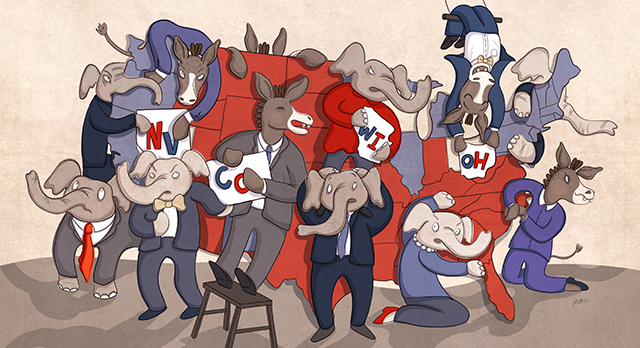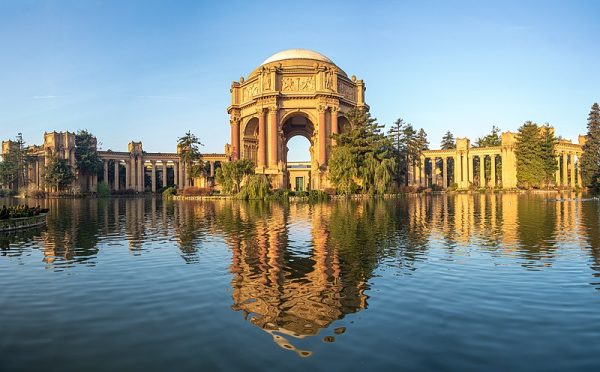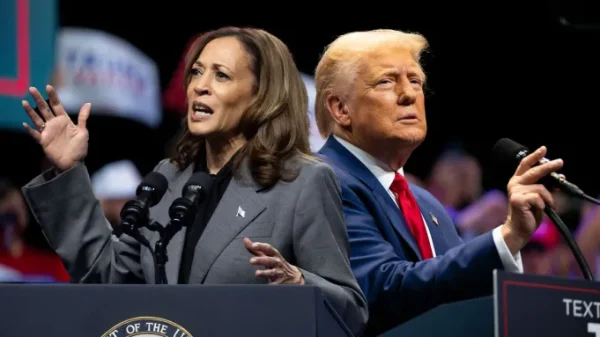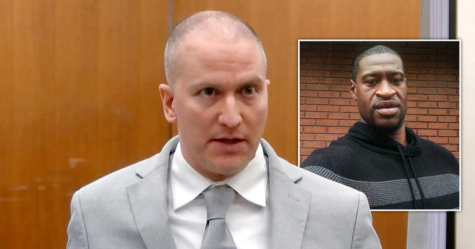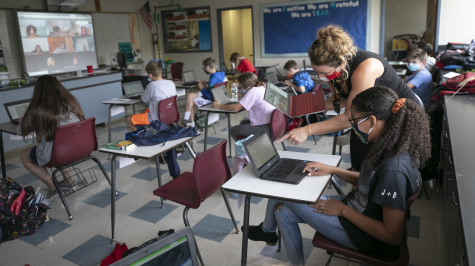The Electoral College: An Outdated System
Julissa Roldan writes about how the Electoral College no longer serves the purpose for which it was designed.
In the United States approximately 55% of the population is of voting age and 85% of those are registered voters. Why then did only 46% of registered voters vote in last year’s presidential election? What prompts people to not vote?
The most common excuse used by people who don’t vote or don’t want to vote is “My vote doesn’t matter anyway.” My response to them was always, “Of course it does!” But the more thought I put into it, the more I read about it, the more I finally understood: your vote really doesn’t matter, due to the Electoral College.
The Electoral College is a compromise, as most things are in this country. When deciding how the U.S. would elect the President, there was a difference of opinion about the best way to go about it: some held a belief that a popular vote would leave America in the hands of the average citizen with an inexperienced “favorite son,” while others thought a President chosen by Congress would create corruption and less likely represent average Americans.
This is how Alexander Hamilton explained the decision to create the electoral college in The Federalist Papers:
“It was desirable that the sense of the people should operate in the choice of the person to whom so important a trust was to be confided.
…It was equally desirable, that the immediate election should be made by men most capable of analyzing the qualities adapted to the station, and acting under circumstances favorable to deliberation, and to a judicious combination of all the reasons and inducements which were proper to govern their choice. A small number of persons, selected by their fellow-citizens from the general mass, will be most likely to possess the information and discernment requisite to such complicated investigations.”
In brief, they wanted all Americans (which at the time meant strictly white landowning men) to be part of the election process, but still felt that only men of a certain caliber and academic standing should have the most power in deciding the president. The level of inclusiveness the Electoral College models is low, but we see that throughout suffrage history.
Thus, representative voters were assigned to each state based on the population (the number of senators and representatives) called Electoral Voters who make up the Electoral College. Each state’s Electoral voters would then vote in favor of the popular vote of the state.
Here lies the problem: each state in the country is currently designated as a Red state, Blue state, or a swing state. A Red state refers to a state that consecutively votes republican, a Blue votes democrat, and a swing state votes unpredictably. Presidential candidates rely on campaigning in swing states and in states with higher numbers of electoral voters. People worried when creating the college that without it more weight would be put on votes in cosmopolitan cities with high population densities i.e. the northern states would get more campaigning and have more say in the election of the president.
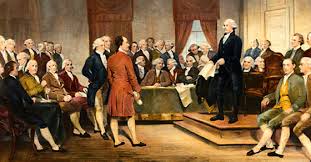
However, in modern America, New England (6 total states) has a population of approximately 15 million people earning it a total of 33 electoral voters. Texas has approximately 27 million with a total of 38 electoral votes. And of the top 50 cities with the highest populations, nearly 30 are located in the south. The argument no longer applies to the now heavily populated southern states.
This is how the Electoral College turns off voters; in a blue state like Massachusetts where the last time we voted republican was 1984, Republican voters may feel discouraged to vote, knowing the state almost always votes democratically.
Vice Versa, a democratic voter may feel there is no point in voting because they know their state will most likely vote in their favor. If the Electoral College didn’t exist and a national popular vote decided the President, more voters would be inclined to vote because rather than their vote counting toward the states electoral votes it would count directly to the Presidential decision.
The Electoral College divides us as a nation deeper than we already are. A map of the states with their attributed color from the last election can prove that. It is time we see that the regions we live in should not dictate how we vote or how we view each other.
A national popular vote would close the gap between voters and their government, and a direct democracy would create a true democracy. The Electoral College is an outdated system of government which no longer represents the United States accurately as a whole.



